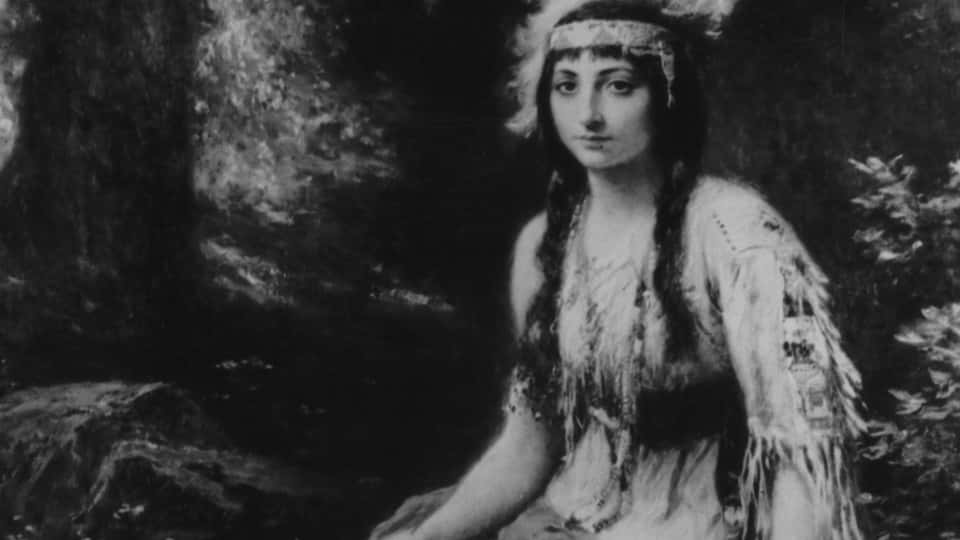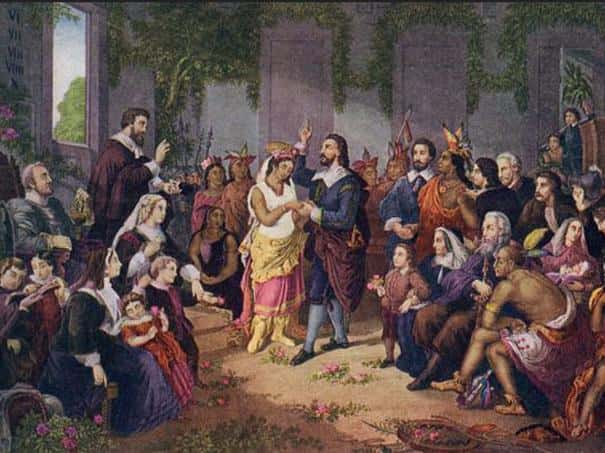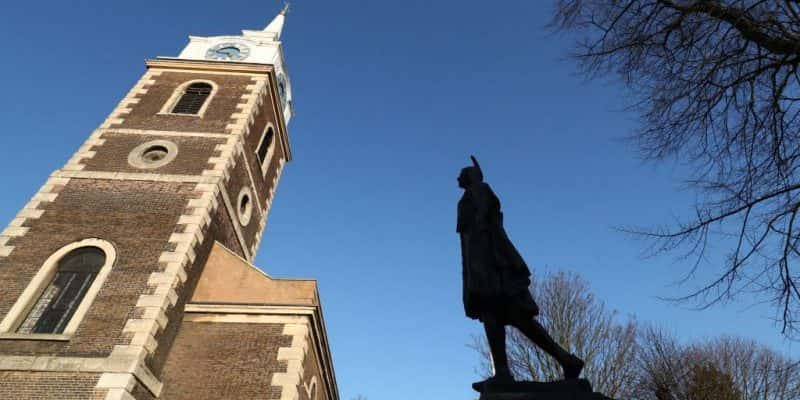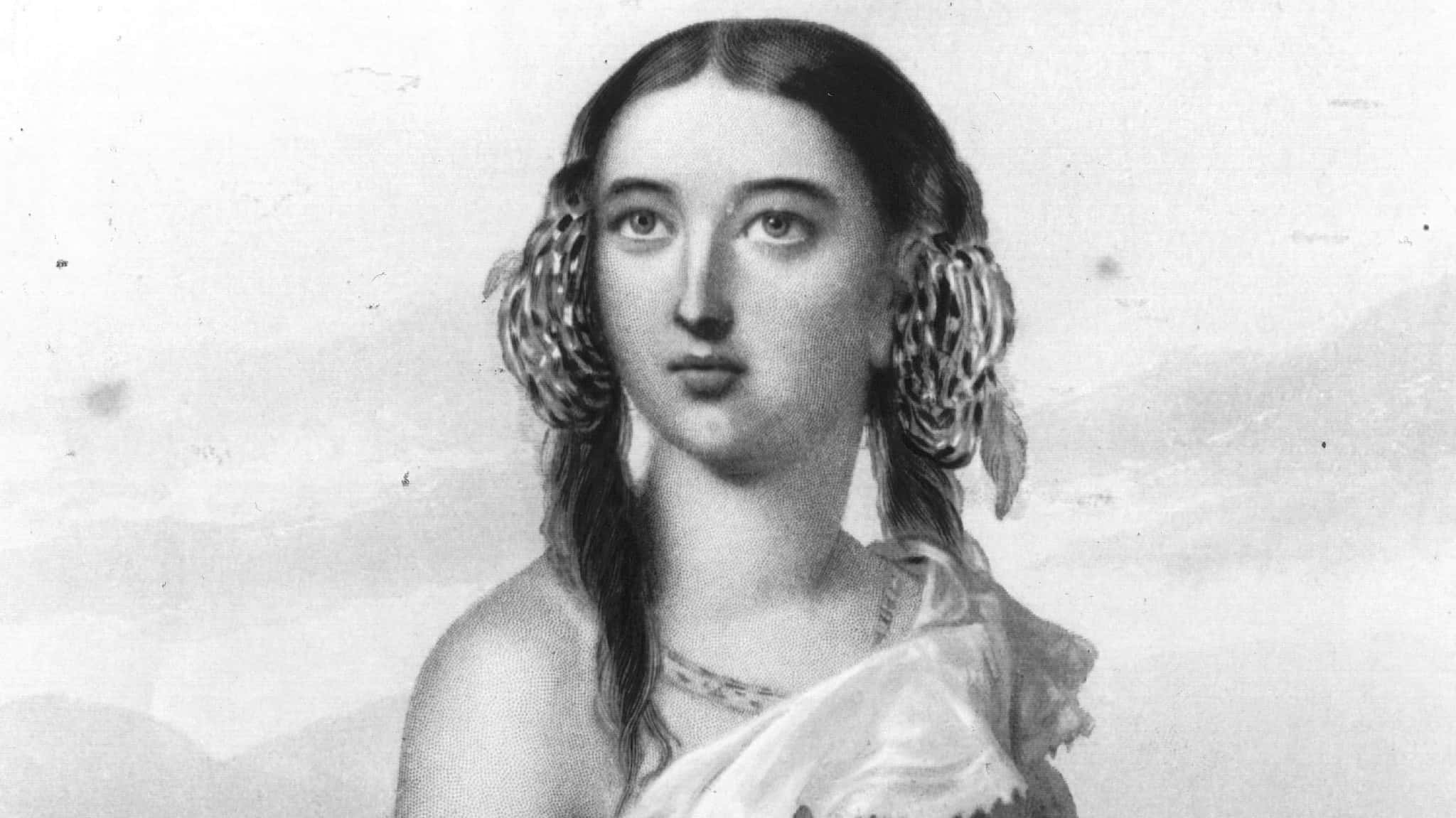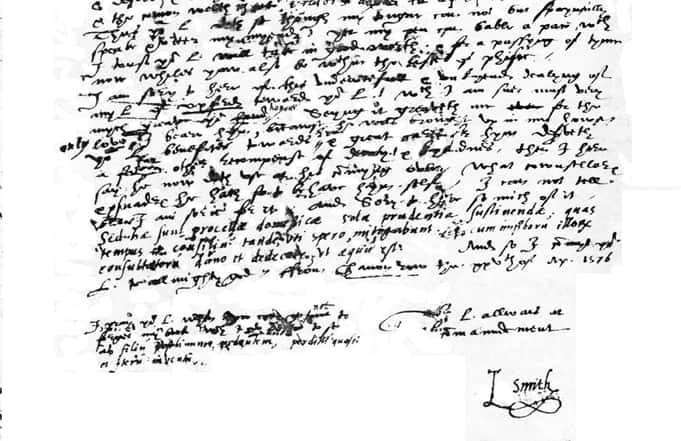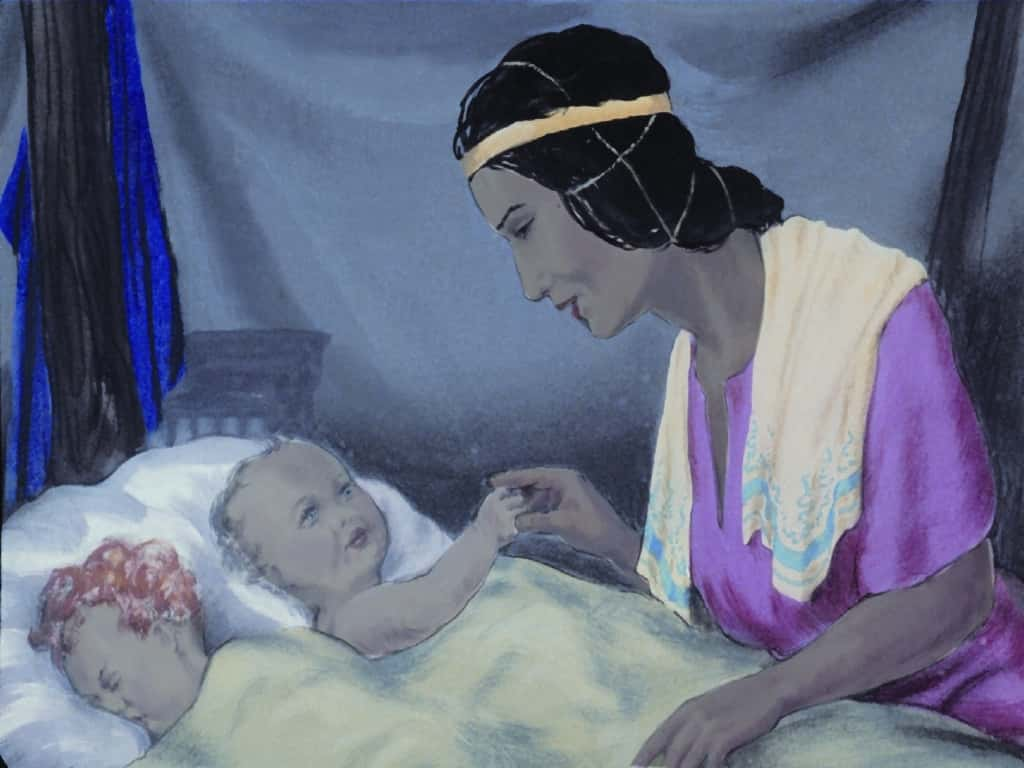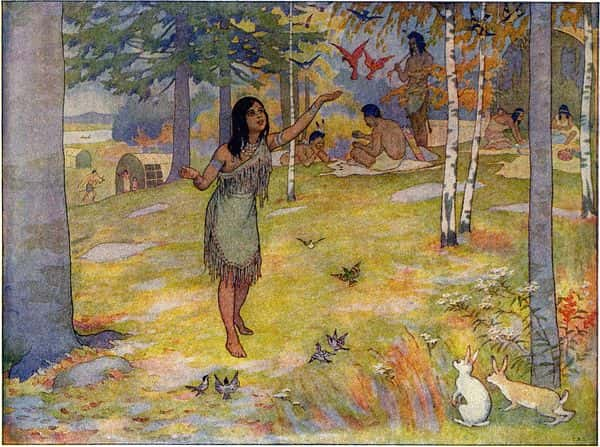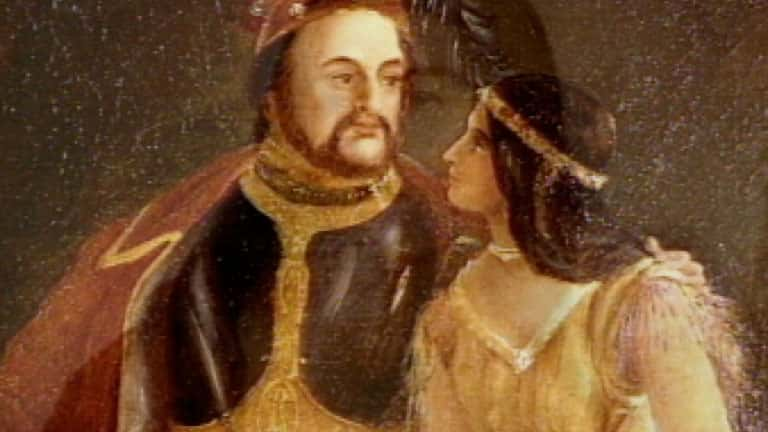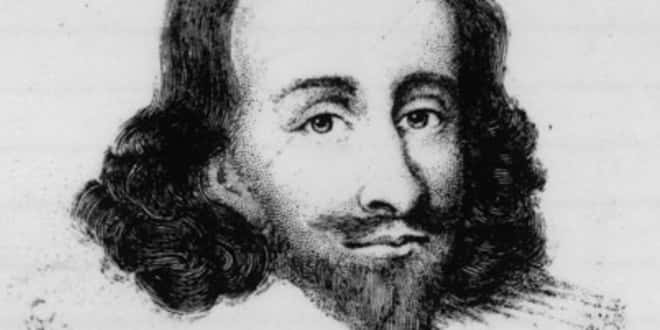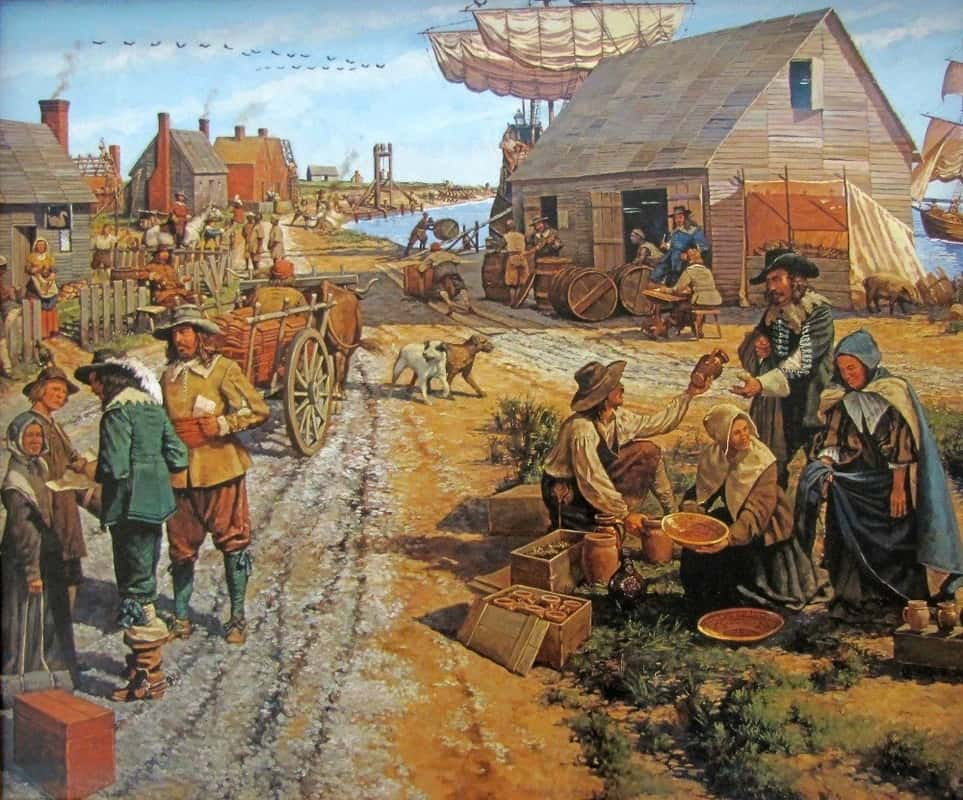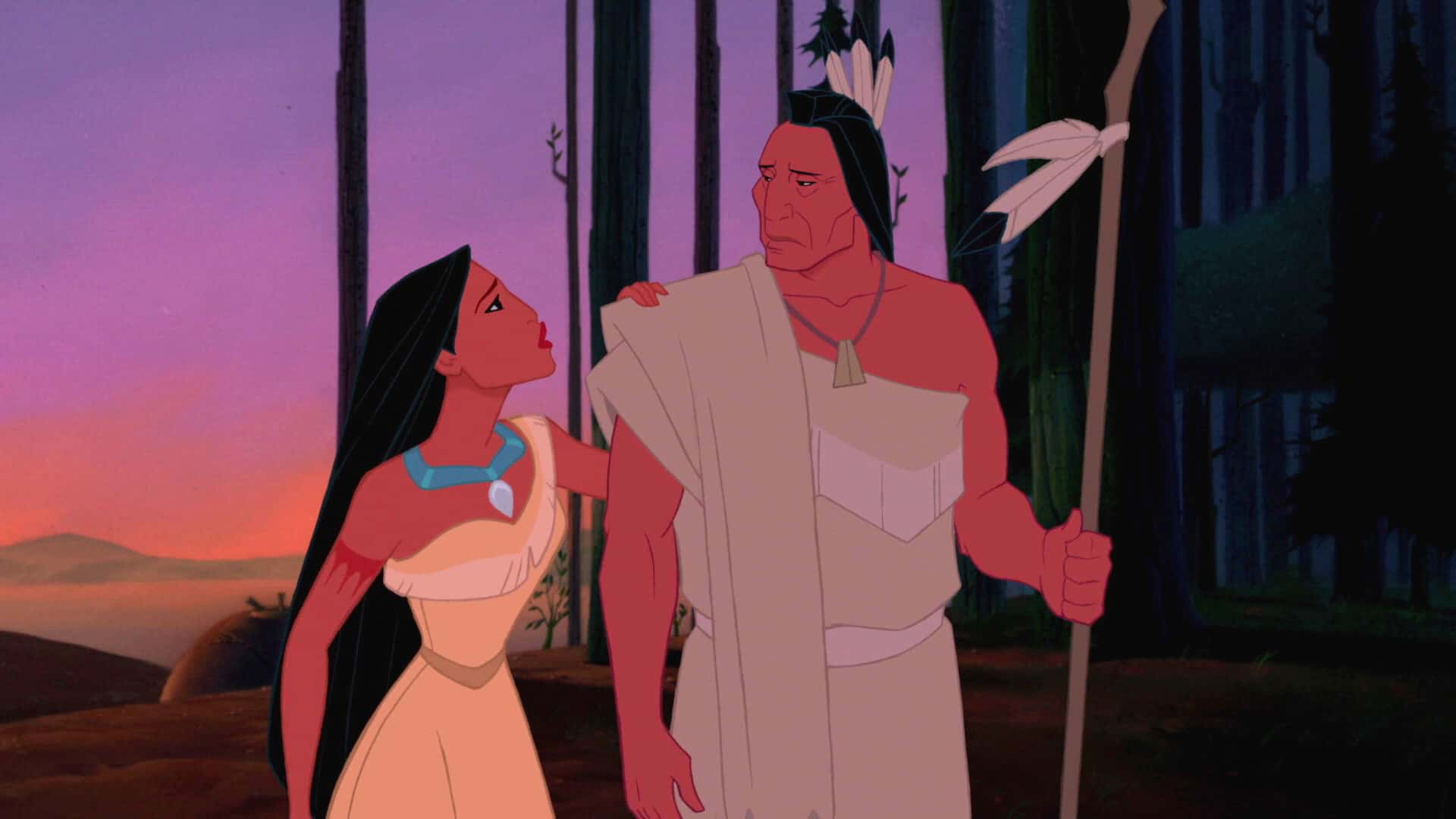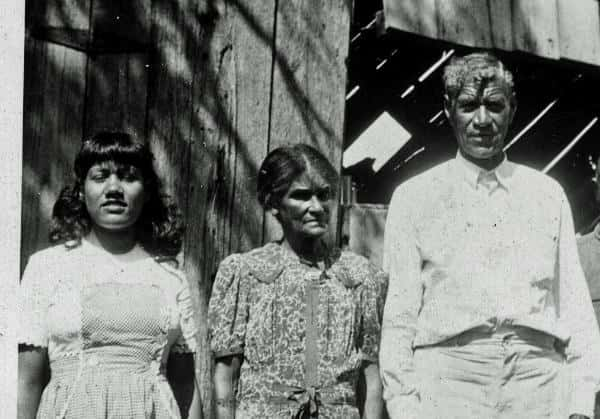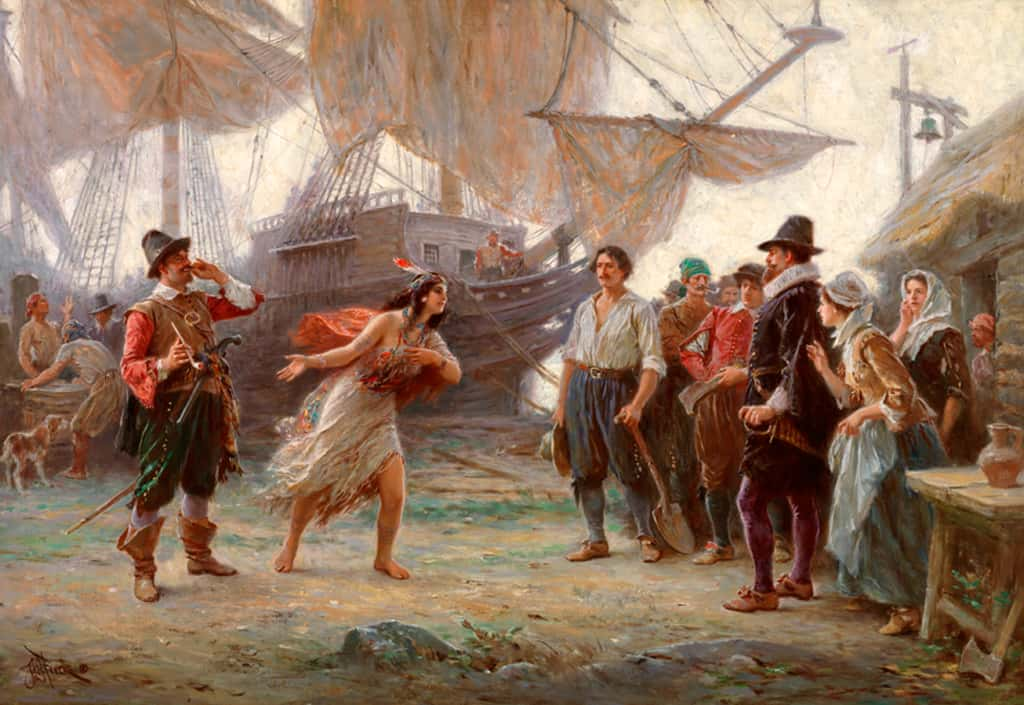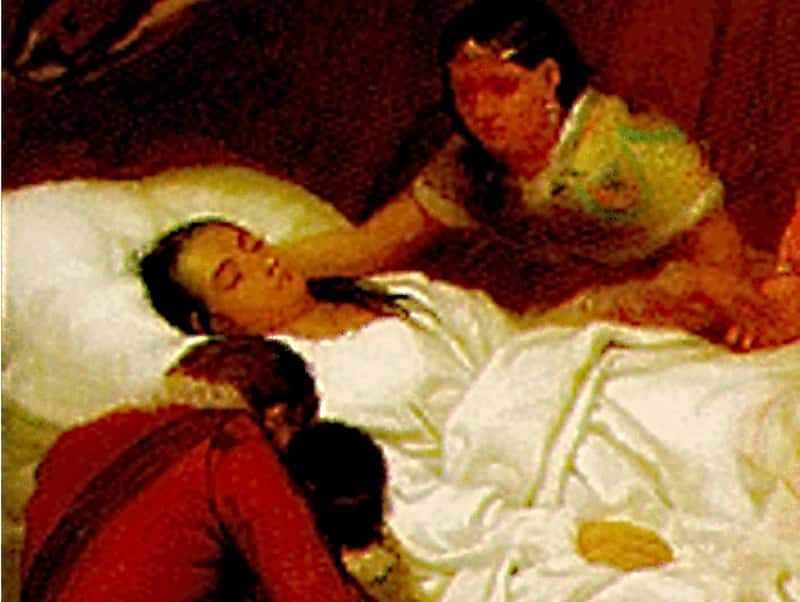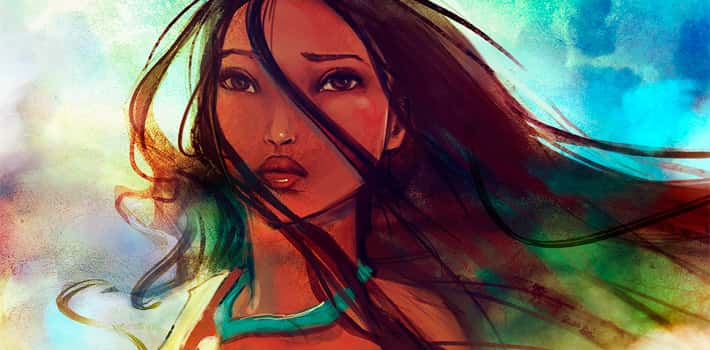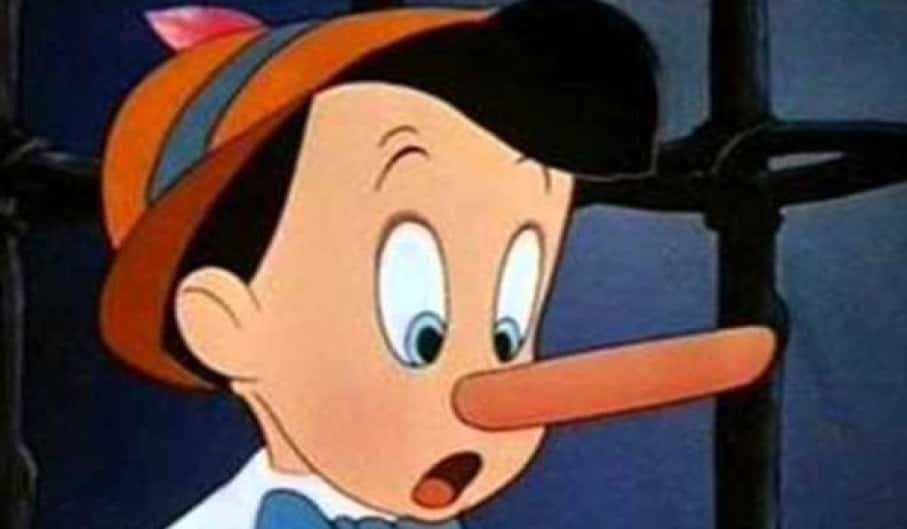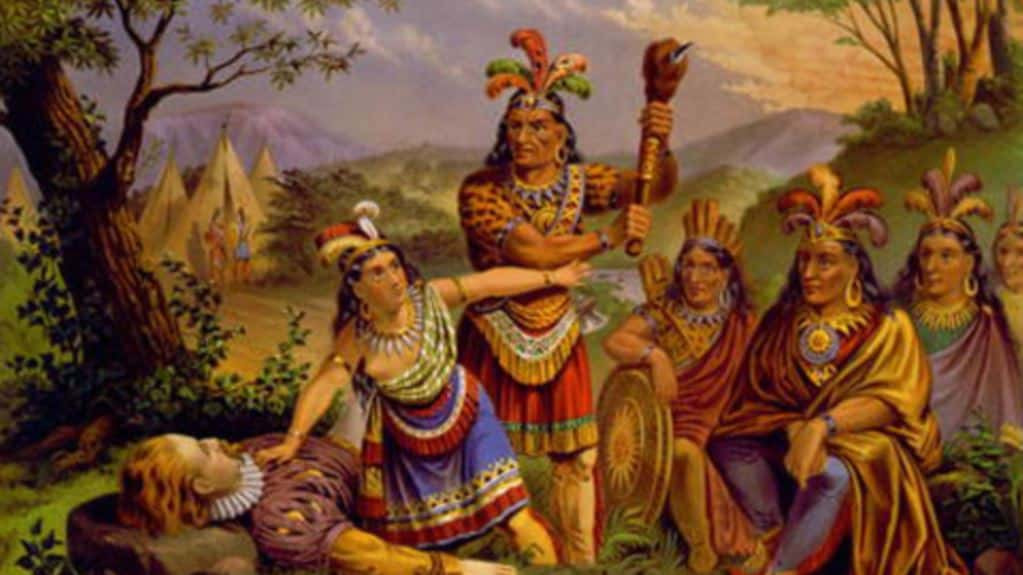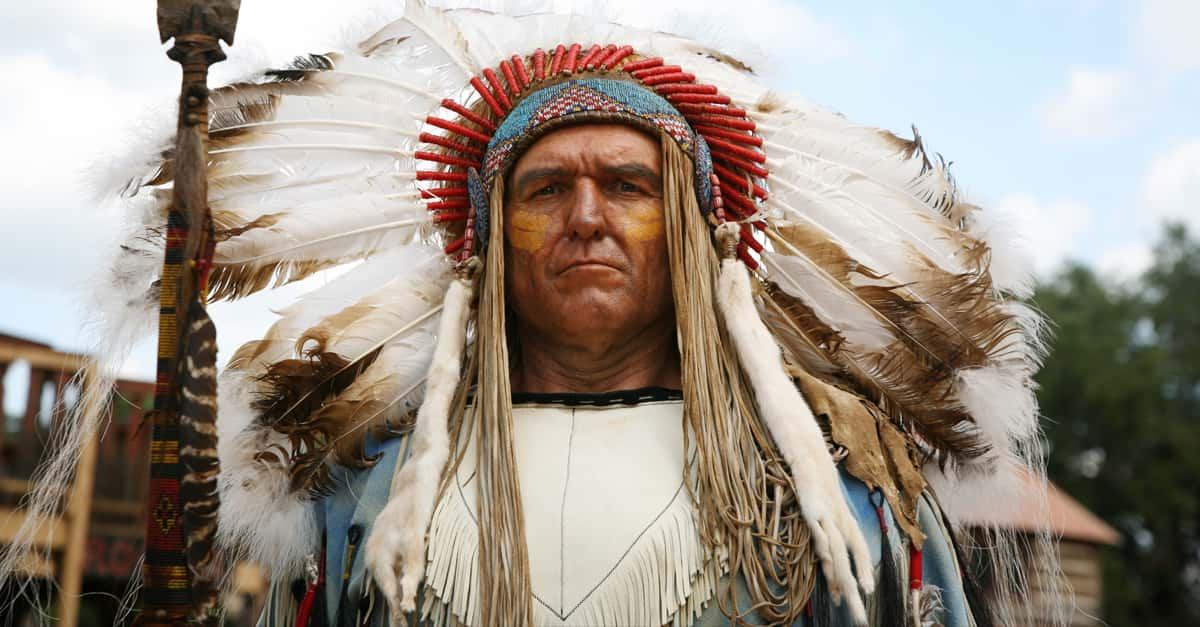"You think the only people who are people, are the people who look and think like you. But if you walk the footsteps of a stranger, you'll learn things you never knew you never knew."— Disney's Pocahontas
Pocahontas was etched into modern culture with the release of the 1995 Disney film about her life, but she was already a significant figure in the history of the Western world for her contributions to the Jamestown colonial settlement during the 16th and 17th centuries. As the mother of two nations, Pocahontas only lived into her early 20s, yet was able to live a full life that would make many people today feel like sloths. But all that many people know about this legendary heroine comes from Disney, who took many liberties with history in order to tell her story. So what did the movie get right, what did it get wrong, and who really was Pocahontas? Let’s take a look at some of the remarkable facts that made her such a prominent figure in the history of the new world.
Real Pocahontas Facts
24. Life in England
After being married to John Rolfe, Pocahontas was taken to England and traveled through the country in what was essentially a propaganda campaign. She was wined and dined, taken to meet King James, shown the theaters, and used a curiosity to the general English population in an effort to display the civilizing efforts of the colonial settlers in Virginia.
23. Burial Site
Pocahontas might be from Virginia, but she was buried in Gravesend, Kent in England, though we're not exactly sure where. It wasn't well documented, and while it's believed that she was buried under a particular church, the church was destroyed in a fire in 1727 so no one can say for sure.
22. Homeland
Pocahontas was born in what is now the state of Virginia in the United States in 1596, though the exact date is debated. She grew up as an elite since her father, Wahunsenaca, more commonly known as Powhatan, was the Chief of the entire group of Native Tsenacommacah nations.
21. Convert
In 1613, after being kidnapped by Captain Samuel Argall in order to be held as ransom for Englishmen who were reportedly being held by the her people during the First Anglo-Powhatan War, Pocahontas was taught Christianity and received her baptism.
20. First Encounter
The first written record of Pocahontas was by John Smith. He wrote in accounts that he met her as a ten-year-old girl in 1608. The movie would have been a lot weirder if this fact had been kept in.
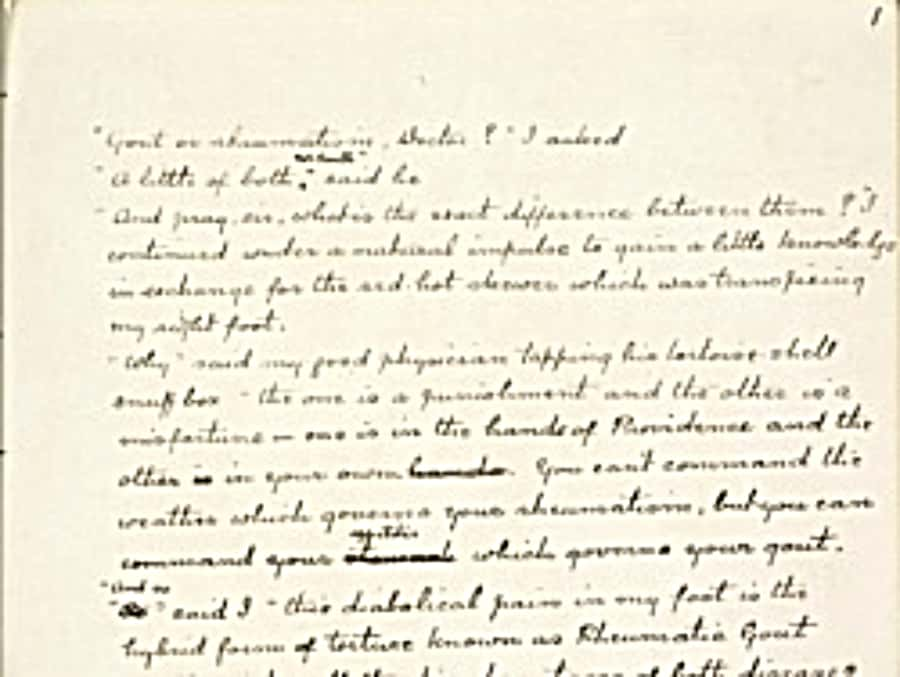 The Arthur Conan Doyle Encyclopedia
The Arthur Conan Doyle Encyclopedia
19. Suspicious Records
It was only later on in life, after his capture by Powhatan's tribe, that John Smith actually mentioned Pocahontas in his letters. Early descriptions about the event excluded her, and it wasn’t until his later letter to Queen Anne that he mentioned the woman and how she allegedly saved his life.
18. No Execution
Though it's commonly believed that the Native Americans intended to execute Smith by clubbing him to death, thus requiring his salvation by Pocahontas, original accounts of the encounter between the two make no mention of a planned execution. Rather, it's noted that a feast was held in which Chief Powhatan and his tribes discussed the English with Smith, as they were extremely curious about the strange newcomers. Since there is little substantial evidence of the encounter, it's hard to say which exactly occurred.
17. Dual Mother
Pocahontas again took on a different name after converting to Christianity and receiving her baptism. This name was Rebecca, which referred to the biblical Rebecca, mother to Jacob and Esau, and was a symbol of her role as the mother of two nations.
16. Striking a Friendship
Yeah, uh, relations between the Native Americans and the early European settlers weren’t really the best, but Pocahontas helped keep things as smooth as possible. When the Jamestown, Virginia settlement was established, Captain John Smith took control over it, and one of the ways in which peace was maintained between the local tribes and English was through Pocahontas visiting the settlers and building a friendship with them.
15. National Blessing
Pocahontas was believed to be married to a chief among her tribe; however, after being kidnapped she became engaged and married to John Rolfe, a Jamestown settler who fell in love with her. After asking Sir Thomas Dale, the settlement's governor, for her hand in marriage, Rolfe and Pocahontas had to ask her father as well, to which he surprisingly consented. Pocahontas herself agreed on the conditions that she would be released from captivity.
14. Tobacco Road
John Rolfe was the man responsible for the commercialization of tobacco in the Americas, as he was the first colonial settler to successfully cultivate and harvest the crop in Virginia. Not quite as shining of a reputation as his wife had, but at least it's something!
13. Peace Pact
Though they were married under the Anglican church, in 1614, both the English and Tsenacommacah tribes respected the marriage of Rolfe and Pocahontas under their own laws and in turn considered it a bond between their nations. This led to an eight-year peace pact between them in Virginia, a seemingly unheard of event in the history of Indigenous-European relations.
12. Solidifying the Colonies
Pocahontas was considered in such high esteem by the British because she was one of the major figures, if not the major figure, in ensuring the survival and success of the Jamestown colony. The success of Jamestown was a huge step for the English in their efforts to colonize the New World, as it would become their first permanent settlement.
11. Royalty?
Though we now think of Pocahontas as a princess, she was not actual royalty, even though she was the daughter of a Chief. While she was indeed a favorite of her father’s, she was not next in line to inherit any type of throne. The way things worked was that the Chief was sent wives from different tribes in their network, had children with them, and then sent the wives back and kept the children. It was his brothers, sisters, and his sisters' children who were in line to succeed him, not Pocahontas.
10. I Got It From My Mama
It's claimed by contemporary Powhatan peoples that Pocahontas takes the name of her own mother, who they say was Powhatan's first wife.
9. Taking Pocahontas
When Pocahontas was captured, the English were actually aided by a local Native American tribe, who had been pressured them into helping the colonists. She was ultimately captured by being tricked into boarding Argall’s ship.
8. Early Death
Pocahontas had an incredible impact in such a short life. She died in 1617 at only about 21 years old, just as she was preparing to embark on a journey back to her homeland of Virginia. After her death, the peace between the natives and colonial settlers rapidly deteriorated and it was not long before violence broke out and a tragic pattern of expropriation developed.
7. Surviving Son
Since she died at such a young age, Pocahontas was only able to mother one child, who was named Thomas Rolfe. He would go on to be educated in England but eventually made his way over to Virginia to discover his origins and ultimately settled there, starting a plantation and living out his days in his mother's homeland.
6. Many Names
The children of Powhatan Native Americans usually received several different names, and Pocahontas was no different. Her birth name was actually Matoaka, which is roughly translated to “Bright Stream Between the Hills.” She was also sometimes called Amonute, which no one has ever been able to translate.
 youtube
youtube
5. Playful Spirit
In her youth, she had an infectious, rollicking personality, which earned her the nickname of “Pocahontas,” which is believed to mean “playful one.”
4. Protection Name
While the nickname Pocahontas seemed to fit her well, there has been much debate about why exactly she received it, as it is noted that her tribe may have only started calling her that in order to hide her real name from the English. It's believed that this might have been done so that they would not discover her real identity and use it against her.
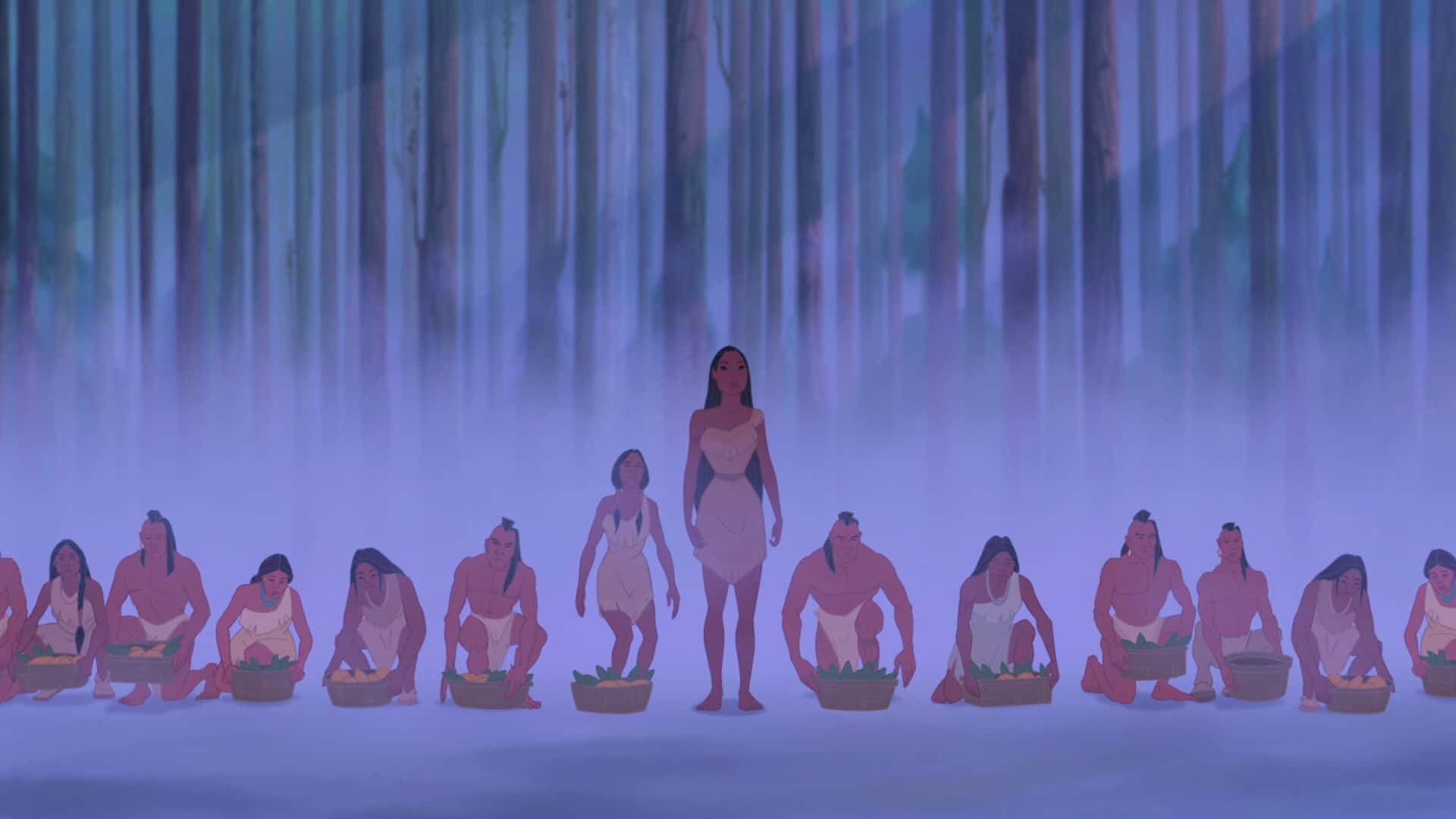 Disneyfied, or Disney tried? - WordPress
Disneyfied, or Disney tried? - WordPress
3. Liars
Years after their encounter in Virginia, Pocahontas came across John Smith while living in England, but she wasn't happy to see him, hiding her face and acting uncomfortable. This was perhaps in part because she and her fellow Native Americans had been told that Smith was dead.
2. Fake News
Famous for her encounters with, and by that we mean saving the ass of, John Smith, the story about Pocahontas saving Smith by laying her head on his as he was about to be executed is likely false.
1. Slave Introduction
John Rolfe was the man responsible for the introduction of African slaves into the colony of Virginia, as in 1619 he had a run in with a Dutch slave ship and he ended up buying 20 of the bonded human beings for himself.

